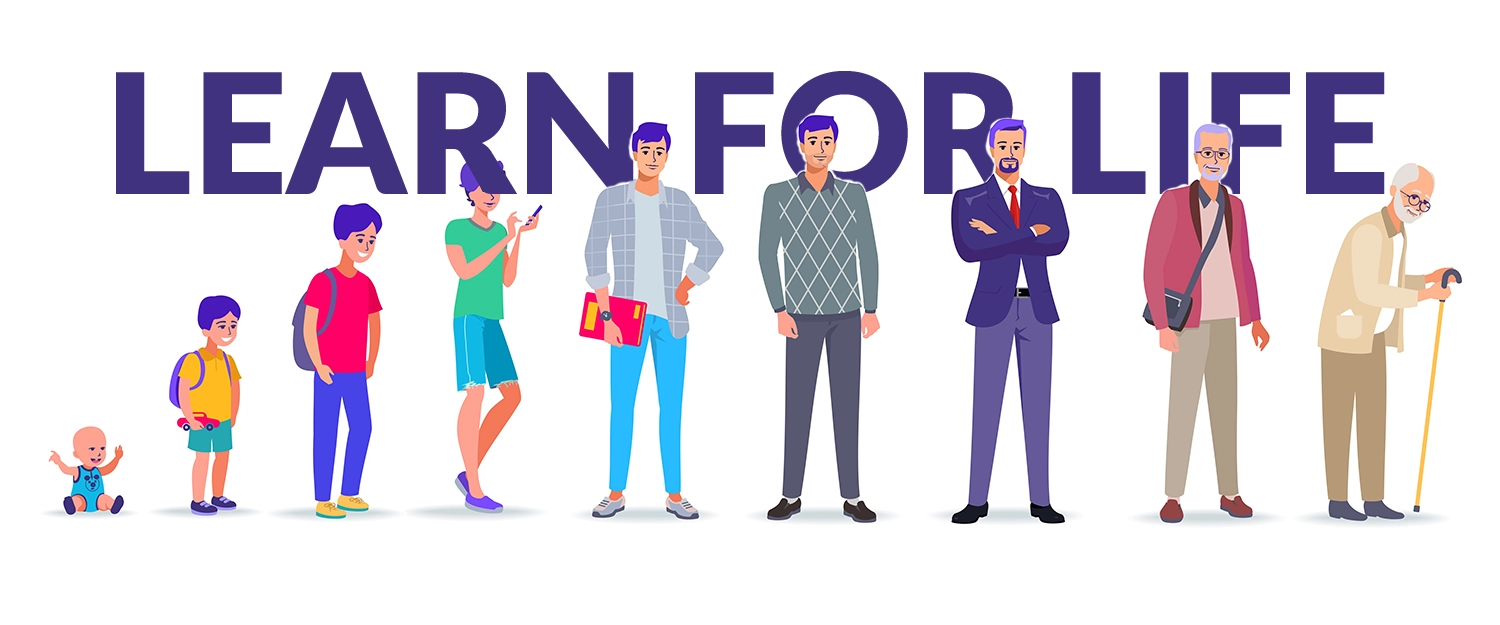by Todd Cooper
Driving is often seen as a skill you learn once, get licensed, and then simply repeat until it becomes second nature. But for those of us who have spent decades behind the wheel, a deeper reality becomes clear: true mastery of driving isn’t achieved in a few months or even a few years—it can take decades of continual learning, adaptation, and most importantly, paying attention to the lessons the road teaches us called close calls and watching unbelievable incidents.
The Power Dynamic on the Road
One of the hardest lessons for any driver to learn is recognizing that no matter the situation, the faster vehicle holds the power. I don’t mean the power to dominate the road or speed through traffic, but the power to prevent or create a potentially fatal crash. In most cases, the slower car is in a dangerous position—perhaps they’re not driving safely or wisely—but it’s always the faster driver who carries the kinetic energy that can cause devastation.
This realization came to me after years of driving. I used to blame the “stupid driver” ahead of me—the one making erratic lane changes, moving too slowly, or failing to navigate traffic properly. It took me nearly two decades to truly grasp that no matter what the slower driver is doing, the faster driver has the power to stop the killing force. The faster driver controls the destructive potential. It’s a humbling realization, and it’s one many drivers miss.
Eyes on the Road – 20, 30, 40 Car Lengths Ahead
To avoid danger, you need to anticipate it long before it becomes a problem. Watching only the car directly in front of you isn’t enough. Your eyes need to scan 20, 30, even 40 car lengths ahead, constantly gathering information about what’s happening up the road. That kind of awareness doesn’t come automatically—it requires years of practice and a lot of close calls to drill this habit into your mind.
At first, it feels overwhelming. You’re constantly looking far ahead, scanning for brake lights, sudden movements, or anything out of place. Over time, though, it becomes second nature. You begin to sense congestion building long before you reach it. You can feel the rhythm of traffic flow, and with experience, you learn to anticipate and react before any dangerous situation even materializes. which means you do not join the party.
Maintaining Space: The 5-Second Rule
To truly stay in control, there’s another critical practice I’ve adopted over the years: maintaining a 5-second gap between me and the car ahead. This isn’t just about following the law or driving defensively—it’s about having the space to react when things go wrong. That gap gives you the cushion needed to respond to whatever might be happening far ahead, not just the vehicle immediately in front of you.
Too many drivers keep their eyes locked on the bumper ahead, completely missing the subtle changes happening 30 car lengths away. They don’t realize the danger until it’s too late—the traffic ahead slows suddenly, and they find themselves slamming on the brakes, with no time or space left to react. By maintaining a 5-second gap, I can adjust to changes in traffic long before they become emergencies.
Responding to Congestion: Recognizing the Shrinking Space
One thing that separates experienced drivers from newer ones is the ability to recognize the shrinking space ahead. When congestion builds, many drivers fail to respond early enough. They might notice traffic slowing, but instead of adjusting their speed or increasing their following distance, they plow ahead, reacting only when they’re forced to.
This is where experience comes into play. After years of driving, you learn to feel when traffic is about to compress. You start responding long before the car in front of you hits the brakes. You slow down early, gradually reducing speed while maintaining your 5-second buffer. This way, you’re never caught off guard. You stay in control, and you avoid contributing to the potential pileup that’s forming ahead.
Learning Through Experience: A Lifelong Journey
In theory, most drivers know these ideas—they’ve heard about maintaining a safe distance, looking far ahead, and scanning the road. But truly putting these ideas into practice takes years of real-world experience. I had to live through countless scary situations—near-misses, sudden stops, congested highways—before these lessons became ingrained in my mind. I had to learn the hard way that mastering these skills isn’t something you do in a weekend course; it’s something you develop over decades of driving as the not-so-fun experiences grow.
That’s the reality of learning to drive. It’s not a skill you master quickly. It’s a lifelong process—one that involves constant awareness, adaptation, and growth. Some drivers stop learning after a few years, thinking they’ve got it all figured out. But the best drivers are the ones who never stop improving, who never stop learning from the road. They’re the ones who stay safe because they understand that driving well isn’t just about passing a test—it’s about being aware, staying vigilant, and continually improving your ability to control the power you hold behind the wheel.
The Cost of Complacency
Too many drivers, after a few years on the road, become complacent. They believe they’re good enough, that they’ve learned all they need to know. But it’s this very attitude that keeps them from becoming truly skilled. When you stop learning, you stop growing, and you miss the chance to develop the critical habits that keep you safe in dangerous situations.
Driving is one of the most complex activities we engage in daily, and it’s easy to forget how much responsibility comes with it. Every time you’re behind the wheel, you hold the power to avoid or cause disaster. It’s not just about knowing the rules of the road—it’s about understanding that your actions have real consequences and taking the necessary steps to ensure you remain in control at all times.
Conclusion: Decades of Learning, Constant Growth
If I could sum up my driving philosophy in a few words, it would be this: Driving takes decades to master, and even then, the learning never stops. For those willing to continue learning, the road will always offer new lessons. Whether it’s understanding the power dynamic in a high-speed crash or learning to anticipate congestion long before it happens, driving well requires a commitment to constant growth and awareness.
For those who truly want to become better drivers, it’s not enough to pass the test or follow the basic rules. You need to continually push yourself to stay aware, improve your skills, and refine your ability to control the power you hold every time you’re behind the wheel. Only then can you truly call yourself a master of the road.
“Mastering the Road: Why True Driving Skill Takes Decades and Constant Growth”
About the Author: Cooper
Cooper’s career in driver education spans decades of experience, blending hands-on training with deep research and real-world application. For over a decade, he was a lead instructor in Ontario, teaching full 30-hour classroom and in-car training for multiple driving schools. During this time, he became concerned about the 20-30% of new drivers who completed the course but weren’t fully prepared for the realities of driving. “There was nothing I could do to stop them,” Cooper explains. “Most drivers leave training with only 30% of what they need to survive. The remaining 70% comes from months and years of real-world experience, including close calls that force some of them to realize they need more.”
Cooper later moved into fleet training and applied research with Transport Canada, where he led critical studies, including influential cell phone research in live traffic. His insights contributed to the global cell phone ban while driving. With years of experience working with high-risk drivers, including those recovering from crashes, Cooper developed his unique approach to training that emphasizes true mastery of driving through long-term skill-building, reflection, and constant growth.
Now the creator of the Cooper Calm Driving Method, he focuses on helping drivers develop the awareness, control, and insight necessary for lifelong road safety. Cooper’s teachings challenge the traditional model of driver education, advocating that real learning happens over years of experience and reflection, not just in a few months of lessons.
© 2024 Todd Cooper – Quality Driving Lessons. All materials are copyright-protected. DOWNTOWN VANCOUVER BRITISH COLUMBIA CANADA




Comments are closed